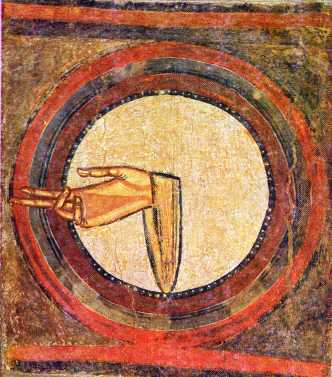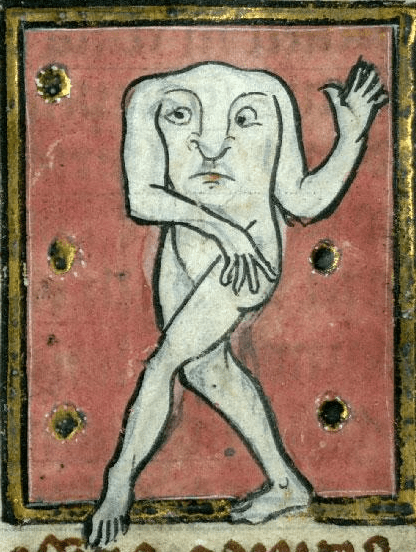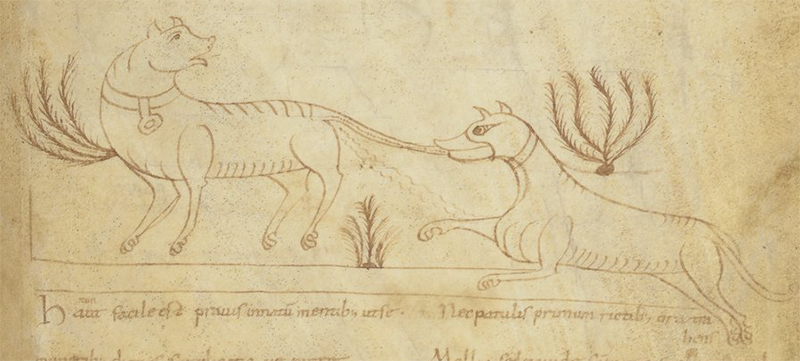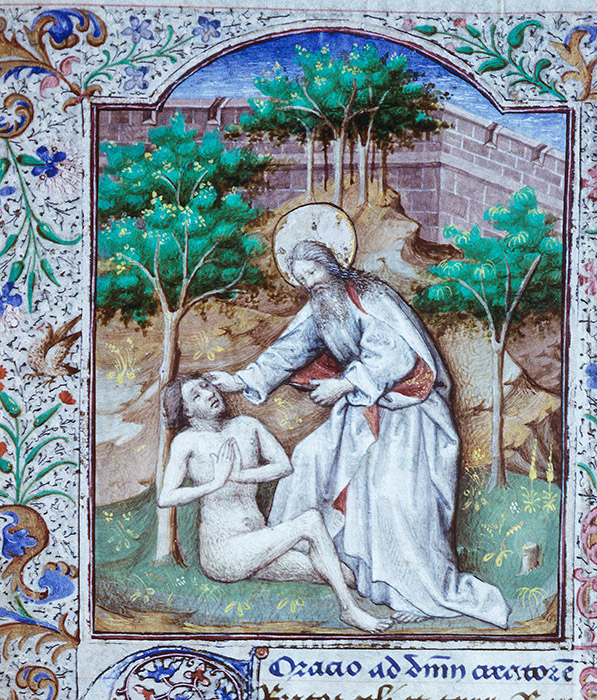Common Myths About Medieval Art
Medieval art has long suffered from unfair criticism, mostly due to modern expectations of realism and technical precision.
Below, we unpack a few of the most common myths—and explain the real story behind them.
Myth #1: "Medieval artists couldn't draw hands"

To modern viewers, hands in medieval art may look strange or stiff. But that wasn’t due to a lack of skill.
In fact, hands were often deliberately exaggerated to emphasize their role, especially when depicting blessings or holy gestures. The focus was on meaning, not anatomical precision.
Myth #2: "The eyes are weird because they didn’t know anatomy"

The wide or mismatched eyes you sometimes see in medieval art weren’t mistakes.
They were often symbolic. Larger eyes could suggest spiritual awareness or inner light, while odd shapes emphasized emotional or divine intensity. It was about insight, not optics.
Myth #3: "Medieval art is just bad and primitive"

This myth is simply not true.
Medieval art was incredibly intricate, especially when you consider the resources and tools available. Artists worked with precious materials like gold leaf, hand-ground pigments, and vellum. Often for months or even years on a single manuscript or altarpiece.
Their goal wasn’t to recreate reality, but to inspire devotion and communicate sacred ideas.
Myth #4: "Real art didn’t start until the Renaissance"

This is a deeply Eurocentric and misleading view of art history.
The Renaissance brought new techniques like perspective and realism, but that doesn’t mean earlier periods were lesser. Medieval art had entirely different aims focused on the divine, on symbolism, on moral clarity.
It wasn't trying to be the Renaissance—it was meaningful in its own right.